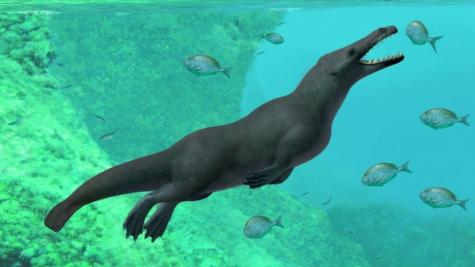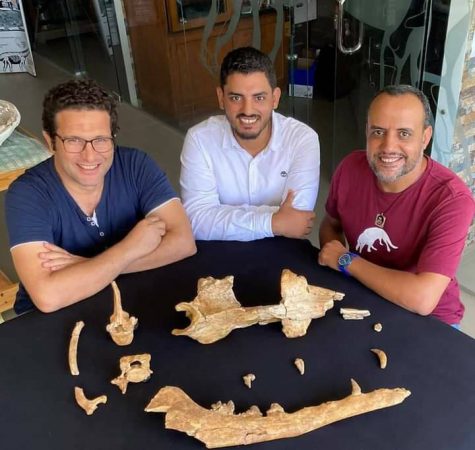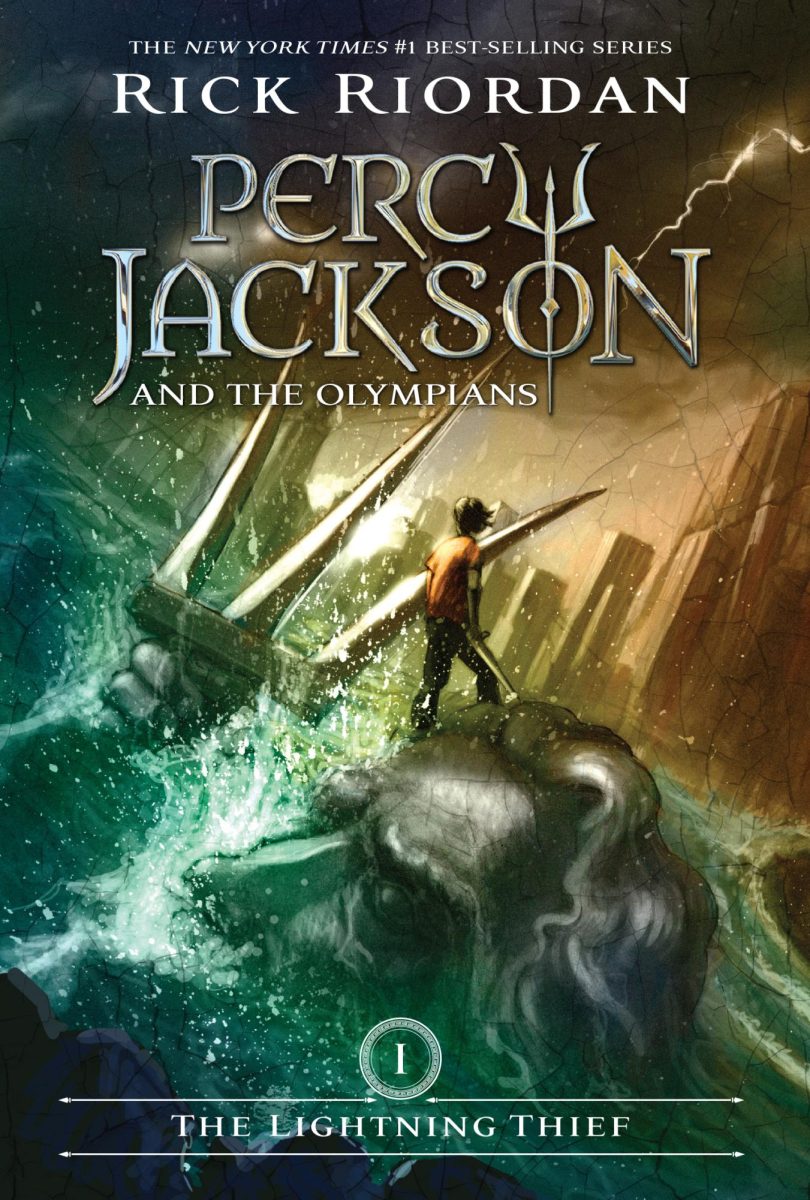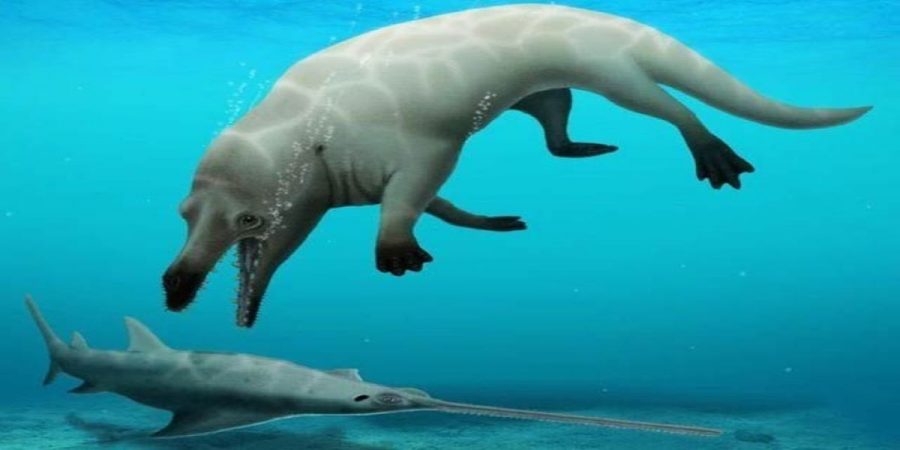Scientists Discover Fossils of a Vicious, Four-Legged Whale Species
September 3, 2021
Forty-three million years ago, there was an undiscovered whale species that stalked prey underwater and on land. This creature was so ferocious that paleontologists in Egypt actually named it Phiomicetus Anubis, after “Anubis, the canine-headed Egyptian god associated with mummification and the afterlife,” states National

Public Radio. It is similar to what a killer whale would be today.
Estimating about 1322 pounds in weight and 3 meters in length, the whale had extremely strong jaws to catch prey. It could also walk on land, as well as swim underwater.
Scientists Mohamed Sameh, Abdullah Gohar, and Hesham Sallam say that whales used to be “herbivorous, deer-like terrestrial mammals”. But, over the span of 10 million years, they turned into carnivorous creatures. The discovery of this fearsome creature is part of that development.

Gohar said that their team discovered how this creature’s deadly strong jaws could tear apart a wide variety of prey. His study called the whales’ eating style “raptorial”. In further detail, they said that the whale used its eight front teeth to “catch, debilitate, and retain faster and more elusive prey items (e.g. fish) before they were moved to the cheek teeth to be chewed into smaller pieces and swallowed.”
“While this is not the first time the fossil of a whale with legs has been found, the Phiomicetus anubis is believed to be the earliest type of semi-aquatic whale to be discovered in Africa,” states BBC News.
The first whales are thought to have first evolved in South Asia around 50 million years ago. But, in 2011, a team of paleontologists in Peru found a 43 million year old fossil of a whale that has four legs, webbed feet and hooves!

So there you have it – the vicious, four-legged, raptor-like eating creature that acts like a killer whale. Although it’s been extinct for about 43 million years, it still seems very scary. This discovery has changed the perspective of many people and as scientists continue to discover all of these fossils, we can only hope that the next one doesn’t tear apart it’s prey like a wild animal!



























